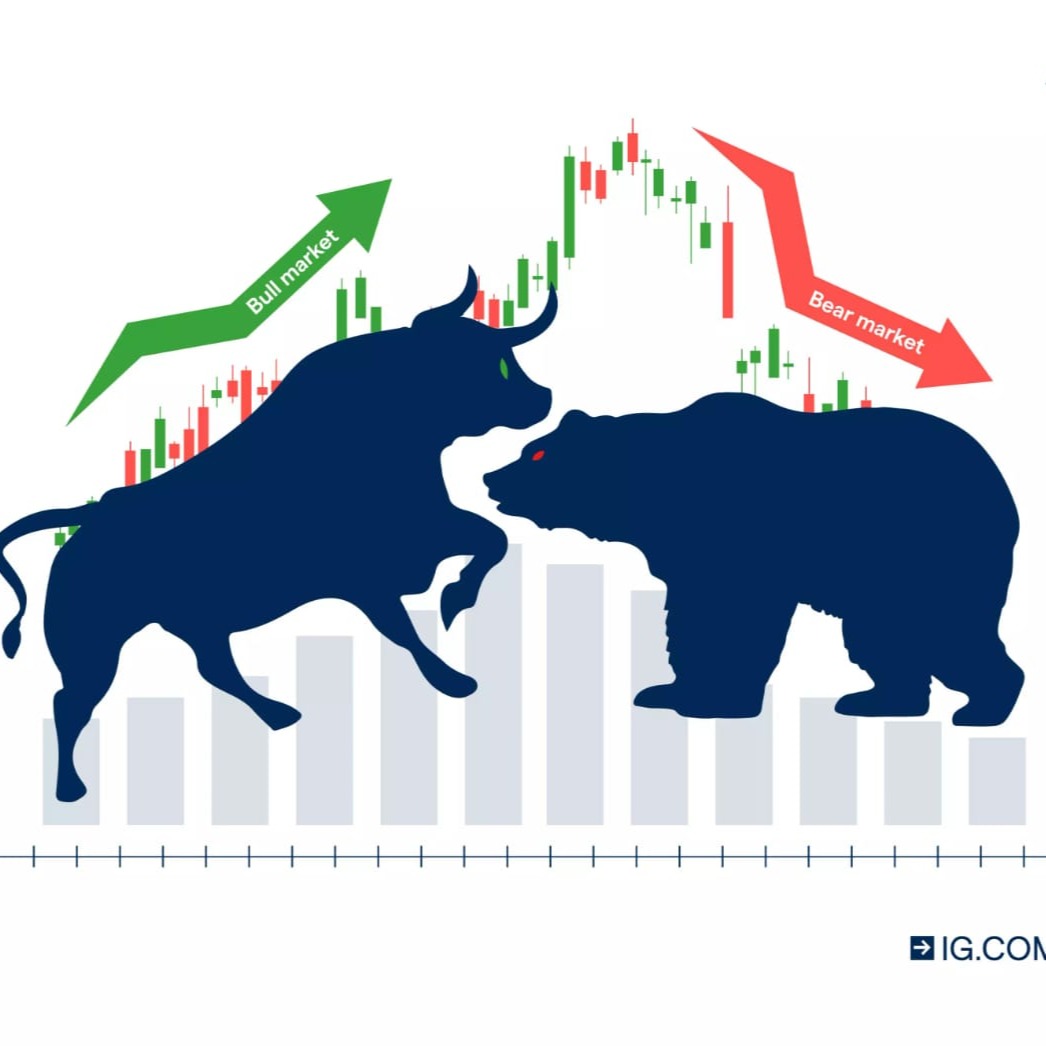
Prix de GasGAS
Convertisseur GAS vers USD
Prix de Gas du jour en USD
Pensez-vous que le prix de Gas va augmenter ou diminuer aujourd'hui ?
Données du marché Gas
À propos de Gas (GAS)
La notion de "Gas" dans le monde de la cryptomonnaie fait référence aux frais nécessaires pour exécuter des opérations sur une blockchain spécifique. C'est un concept couramment associé à la plateforme Ethereum, la deuxième plus grande cryptomonnaie en termes de capitalisation boursière. Le Gas est utilisé pour mesurer la quantité de travail informatique nécessaire pour effectuer une transaction ou exécuter un contrat intelligent sur la blockchain Ethereum. Dans ce contexte, l'action d'envoyer des fonds ou d'effectuer une autre opération sur le réseau Ethereum nécessite l'utilisation de Gas. Le Gas est exprimé en termes de "Gwei", une unité plus petite de l'Ether, la monnaie native d'Ethereum. Lorsque vous effectuez une transaction ou exécutez un contrat intelligent, vous payez des frais proportionnels en Gas en fonction de la complexité de l'opération. Ces frais de Gas sont ensuite collectés par les mineurs de la blockchain Ethereum en guise de récompense pour le travail qu'ils effectuent pour sécuriser et traiter les transactions sur le réseau. En fixant des frais de Gas plus élevés, les utilisateurs peuvent inciter les mineurs à traiter leurs transactions plus rapidement. Une caractéristique clé du Gas est sa volatilité. Les frais de Gas peuvent fluctuer en fonction de la demande sur le réseau Ethereum. Lorsque de nombreux utilisateurs effectuent des transactions sur la blockchain Ethereum simultanément, les frais de Gas augmentent en raison de la concurrence pour l'inclusion de ces transactions dans les blocs de la chaîne. Il convient de noter que le Gas est spécifique à la blockchain Ethereum et ne s'applique pas à toutes les cryptomonnaies. Chaque blockchain a ses propres mécanismes de tarification et de traitement des transactions. En conclusion, le concept de Gas dans le contexte des cryptomonnaies fait référence aux frais nécessaires pour effectuer des opérations sur la blockchain Ethereum. Ces frais sont mesurés en Gwei, une unité de l'Ether, et sont collectés par les mineurs comme récompense pour le traitement des transactions. La volatilité des frais de Gas est influencée par la demande sur le réseau Ethereum.
Historique des prix de Gas (USD)
 Prix le plus bas
Prix le plus bas Prix le plus élevé
Prix le plus élevé 
Quel est le prix le plus élevé de Gas ?
Quel est le prix le plus bas de Gas ?
Prévision de prix de Gas
Quel est le bon moment pour acheter GAS ? Dois-je acheter ou vendre GAS maintenant ?
Quel sera le prix de GAS en 2026 ?
En 2026, sur la base d'un taux de croissance annuel prévu de 5%, le prix de Gas (GAS) devrait atteindre $1.98. Sur la base de ces prévisions, le rendement cumulé issu de la détention de Gas jusqu'à la fin de 2026 atteindra +5%. Pour plus de détails, veuillez consulter :Prédictions de prix de Gas pour 2025, 2026, 2030 à 2050.Quel sera le prix de GAS en 2030 ?
Événements du moment
Prix mondiaux de Gas
Comment acheter Gas(GAS)

Créez votre compte Bitget gratuitement

Vérifiez votre compte

Convertir GAS en USD
FAQ
Quel est le prix actuel du Gas coin ?
Quels facteurs influencent le prix du Gas coin ?
Le Gas coin est-il un bon investissement à son prix actuel?
Comment le prix du Gas coin a-t-il changé au cours du dernier mois ?
Où puis-je acheter Gas coin?
Quelles sont les prévisions de prix pour le Gas coin l'année prochaine ?
Y a-t-il des événements à venir qui pourraient affecter le prix du Gas coin ?
Comment le Gas coin se compare-t-il aux autres cryptomonnaies en termes de stabilité des prix ?
Quel est le prix le plus élevé de tous les temps pour le Gas coin?
Le prix du Gas coin peut-il revenir à ses sommets précédents ?
Quel est le prix actuel de Gas ?
Quel est le volume de trading sur 24 heures de Gas ?
Quel est le record historique de Gas ?
Puis-je acheter Gas sur Bitget ?
Puis-je gagner des revenus réguliers en investissant dans Gas ?
Où puis-je acheter des Gas au meilleur prix ?
Prix des cryptomonnaies liées
Où puis-je acheter Gas (GAS) ?
Section vidéo – vérifier son identité rapidement
Convertisseur GAS vers USD
Pages liées à GAS
Tags:
Bitget Insights





Trading
Earn
GAS/USDT
SpotGAS/USDT
MargeGAS/USDT
Futures USDT-M






